Experimental Photography – Color Infrared
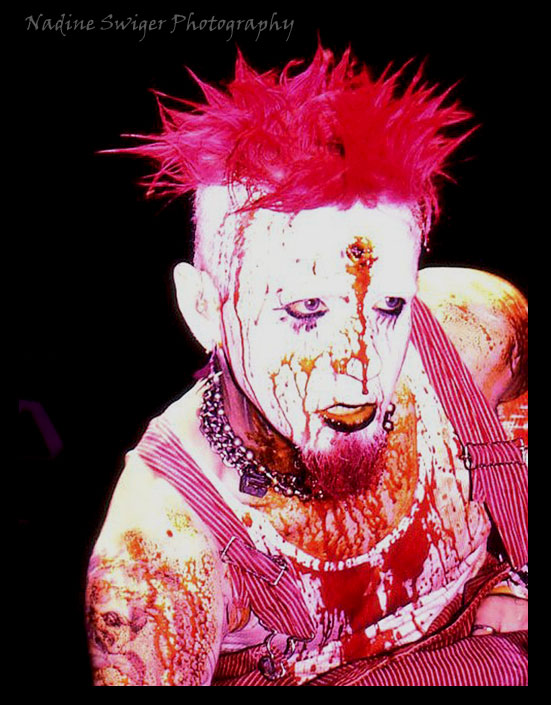
One thing I miss about shooting film, there was always so many different films to experiment with. At times, the films were challenging and I always found myself inspired to try something new. One of my favorite experiments was shooting color infrared slide film.
I came across some photos that were taken with Color Infrared Slide Film. The photographer had shot a portrait, where the subject’s veins appeared in the photograph in a blue-ish hue. Once I saw that, I wanted to try this out with a photo shoot I did with Mudvayne, as I thought the whole blue veins would be complimentary to the band’s imagery in which they had at that time.
I got the film in and had only one week to run test rolls before the shoot. To learn about the film, I tried several different subjects and situations. I photographed buffalo in a field on a bright warm sunny day and a waterfall in open shade on a cooler mid-afternoon. I shot a window light portrait, using the soft afternoon/evening sun. I even managed to run a few test shots at a Gravity Kills’ show under artificial stage lights in hot steamy club. Each subject gave me very different results.
I would have loved to have more time to test the film before the shoot with Mudvayne; however with Infrared film being so sensitive to light, that time was cut even shorter. The roll of film was so sensitive, you had to keep the film in the packaging canister and load/unload the film into your camera in total darkness. To process the film, the roll had to remain in the canister and the cartridge had to be loaded in the processing machines in total darkness as well. You can imagine how it was nearly impossible to find a local photo lab to process the slides in that manner. I ended up not getting the test rolls back until the day before I left for the Mudvayne show in Cleveland. It was sink or swim; so I loading the film into my trusty old Pentax K1000 and headed out the door for the seven hour road trip.
When we got to Cleveland, it turned out to be a beautiful bright sunny day and the show outside. Mudvayne went on just before the sun was starting to go down. Although I never got the blue vein effect I was originally going for, I did get some very interesting shots none the less. The color infrared film created a whole new effect with the band’s stage make-up, fake blood and even had a new take on their dyed hair.
Pictured above is vocalist, Chad Gray, whose hair and beard were actually blue. Guitarist, Greg Tribbett’s face paint was red with black lines and bassist Ryan Martini was in black face paint with bright orange hair. Below is a Gallery from my pre-show experiments and some of the photographs from this shoot.
Today, there are several different techniques to digitally created infrared photographs. In 2007, Fuji was the first to release a digital camera that could record infrared (FinePix IS Pro). The FinePix Pro was based on the Nikon D200 and has a Nikon F lens mount. Since then, IR Compatible has becoming more popular; several point-n-shoot cameras now feature a IR Compatibility mode. For the Pros, there are conversion kits to make your professional digital SLR into an infrared camera as well. However, you don’t need a special camera dedicated to infrared to get similar results. There are other techniques and filters in PhotoShop to allow you to create “near” infrared photos.
Here are a few links to those different techniques to make infrared photographs today:
Infrared Cameras/Conversion kits | Using filters in Photoshop | Infrared Point n Shoot Camera | Photoshop Filters tutorial 2
As photography progresses, so has Infrared Photography. I can’t wait to get out and shoot more Color Infrared Photographs and try out these new digital ways.
These photographs were shot with Kodak Ektachrome Professional Infrared EIR Color Slide Film, using a Pentax K1000.
Copyright 2012 Nadine Swiger




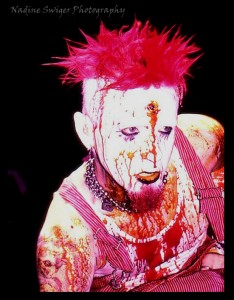
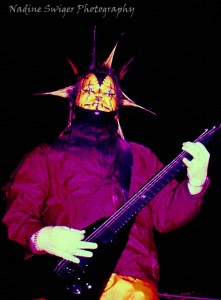
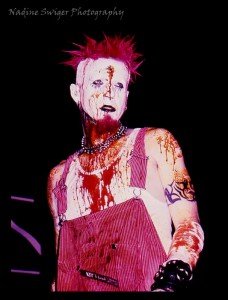
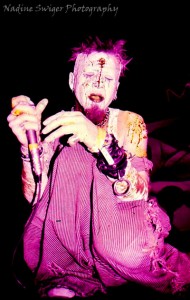
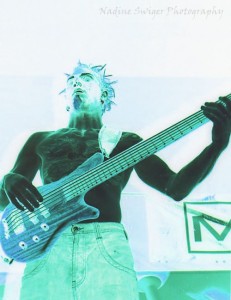
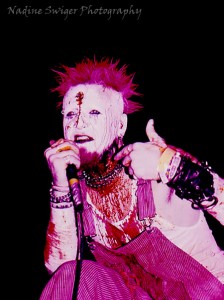
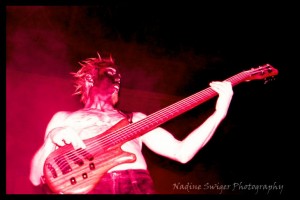
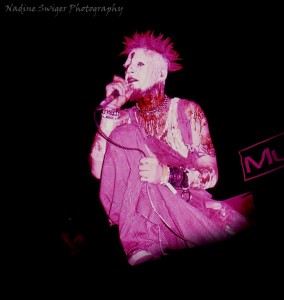
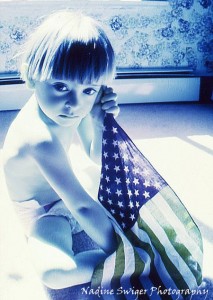
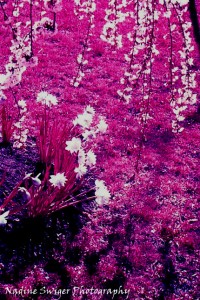
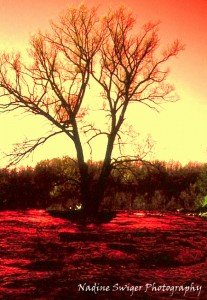
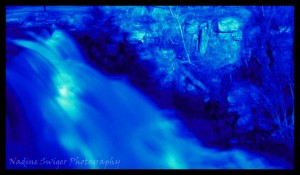
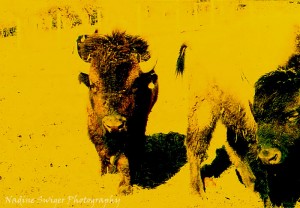
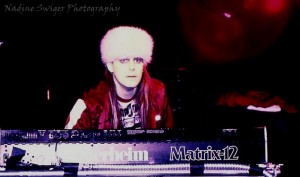
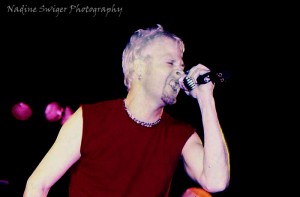
Heat Cameras can be useful for friction related items of cost saving commercial applications.
Youre so cool! I dont suppose Ive learn something like this before. So nice to search out anyone with some unique thoughts on this subject. realy thanks for starting this up. this web site is one thing that is needed on the net, someone with slightly originality. helpful job for bringing one thing new to the web!
Greeting from across the world. interesting article I will return for more.
Fantastic info and nicely written. Keep up the excellent stuff!
Thanks for this wonderful article. Yet another thing to mention is that almost all digital cameras come equipped with the zoom lens that allows more or less of any scene to become included through ‘zooming’ in and out. All these changes in target length will be reflected while in the viewfinder and on substantial display screen on the back of the exact camera.
Saved as a favorite, I really like your site!